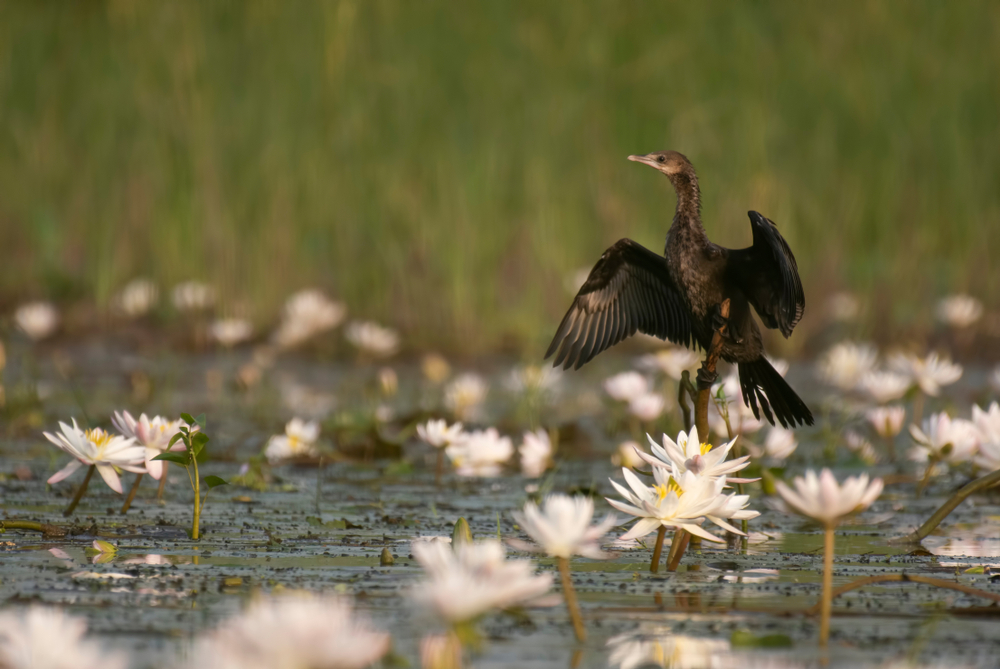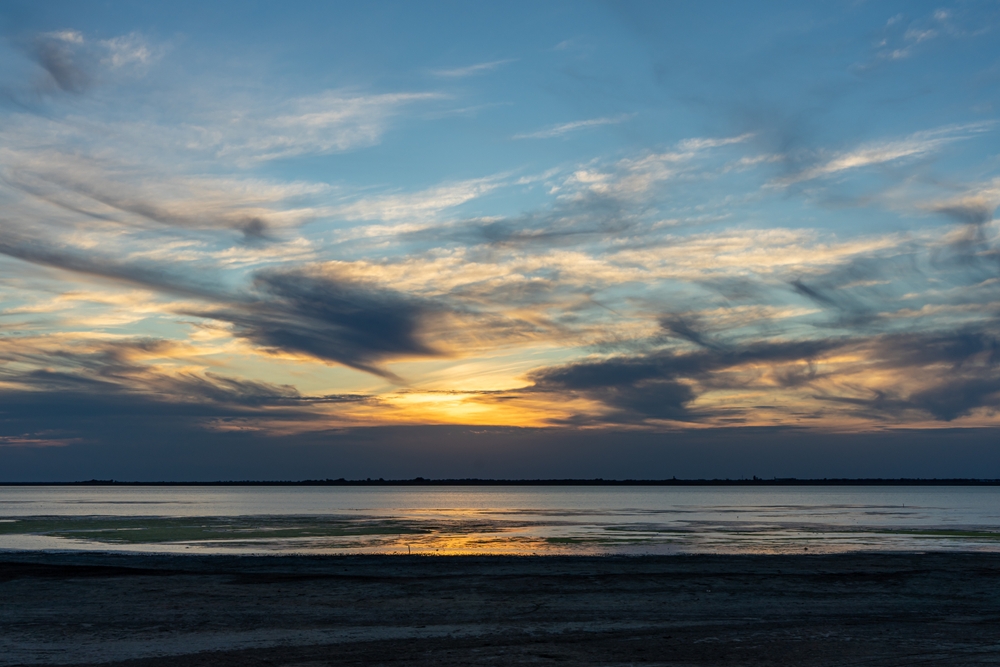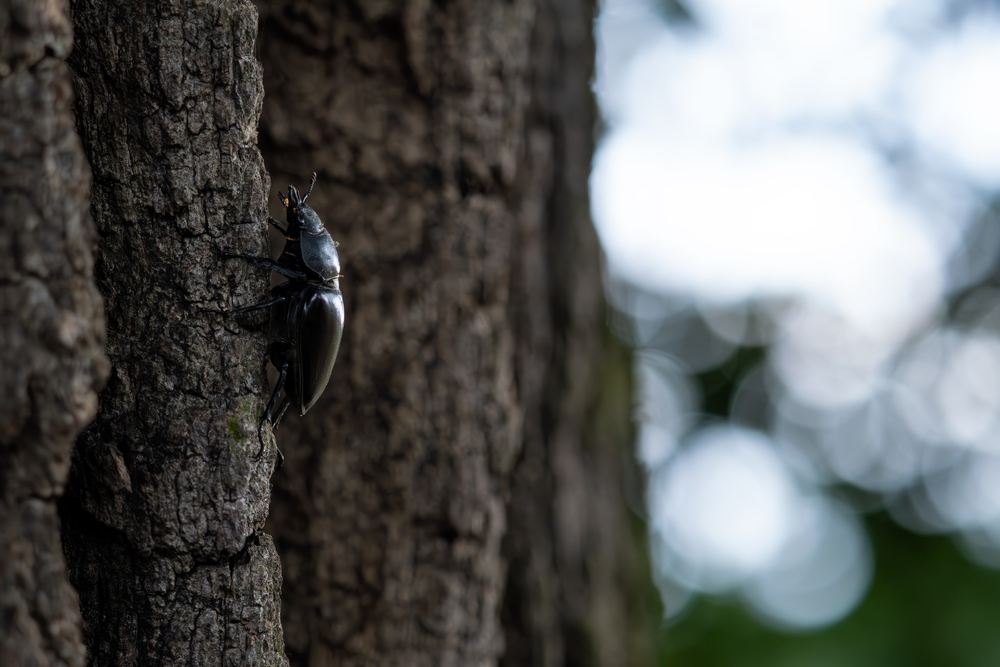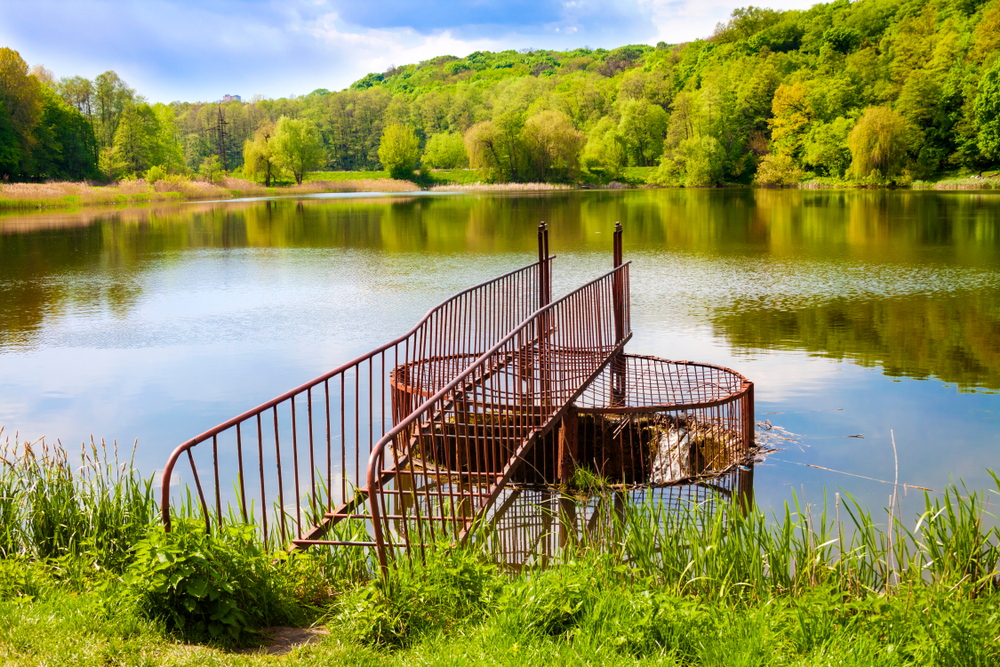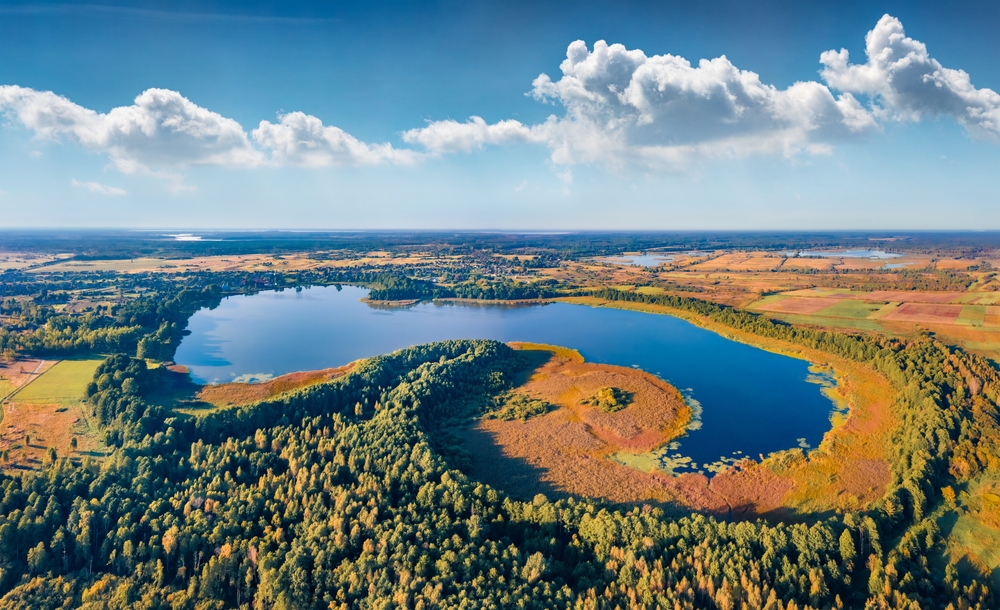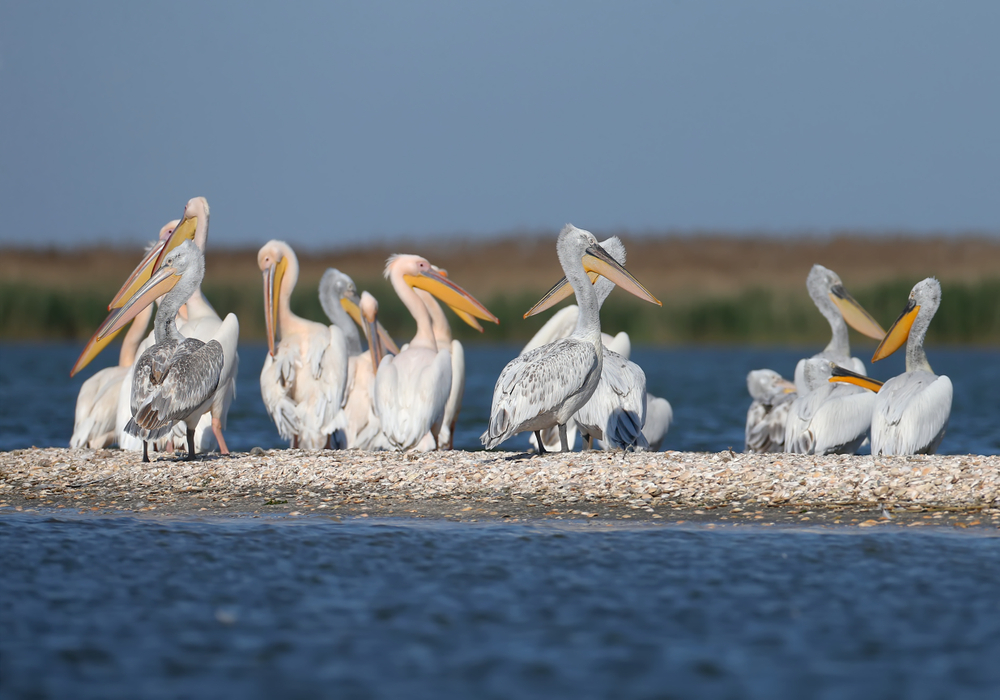Lower Dniester Overview
Lower Dniester National Park, known locally as Нижньодністровський національний природний парк, is a protected area in southern Ukraine, covering approximately 211 square miles (545 square kilometers).
Situated along the Dniester River near the Black Sea, this national park is an ecologically significant wetland that preserves a vast network of riverbanks, floodplains, lakes, and reed beds. The park is a vital component of the larger Dniester Delta ecosystem, featuring a dynamic landscape of marshes, sandbars, and wooded areas.
The terrain is shaped by the constant interplay between freshwater and the brackish waters of the Black Sea, creating an environment rich in biodiversity. Lush riparian forests filled with willows, poplars, and alders stretch along the waterways, while extensive reed beds provide an important habitat for wildlife. The park’s numerous lakes, such as Bile Lake, serve as essential breeding and feeding grounds for many aquatic species.
The Lower Dniester National Park is a haven for wildlife, particularly bird species. It is one of Ukraine’s most important bird migration corridors, attracting thousands of waterfowl and rare species such as Dalmatian pelicans, white-tailed eagles, and pygmy cormorants.
More than 300 bird species have been recorded in the park, making it a prime destination for birdwatchers. Mammals like otters, wild boars, and European badgers roam the forests and wetlands, while the waterways are home to numerous fish species, including pike, carp, and catfish.
Amphibians and reptiles, such as European pond turtles and grass snakes, thrive in the humid environment. The diverse ecosystem supports a delicate balance between terrestrial and aquatic life, offering a glimpse into the rich natural heritage of the region.
One of the park’s most notable attractions is its extensive wetland system, which plays a crucial role in water filtration and flood protection for surrounding communities. Visitors are drawn to the park’s serene waterways, where they can explore by boat or kayak, gliding through labyrinthine channels flanked by dense reeds and forests.
The park’s lakes and riverbanks are popular for fishing, while hiking trails through the woodlands allow for deeper immersion into the natural beauty of the Dniester Delta. Many visitors enjoy guided eco-tours that highlight the park’s ecological importance and the efforts being made to protect it.
Wildlife photographers and nature enthusiasts are particularly captivated by the seasonal changes in the landscape, from springtime blossoms to autumnal hues reflected in the water.
Conservation efforts within the park focus on maintaining the fragile balance between human activities and ecological integrity. Pollution from agricultural runoff and habitat destruction pose ongoing threats to the wetland ecosystem, but concerted efforts by park authorities and environmental organizations have led to habitat restoration projects and stricter regulations on fishing and water use.
The park’s designation as a Ramsar Wetland of International Importance underscores its global significance in biodiversity conservation. Despite challenges, the park remains a successful model for wetland protection, ensuring that its rich array of flora and fauna continues to thrive.








































































